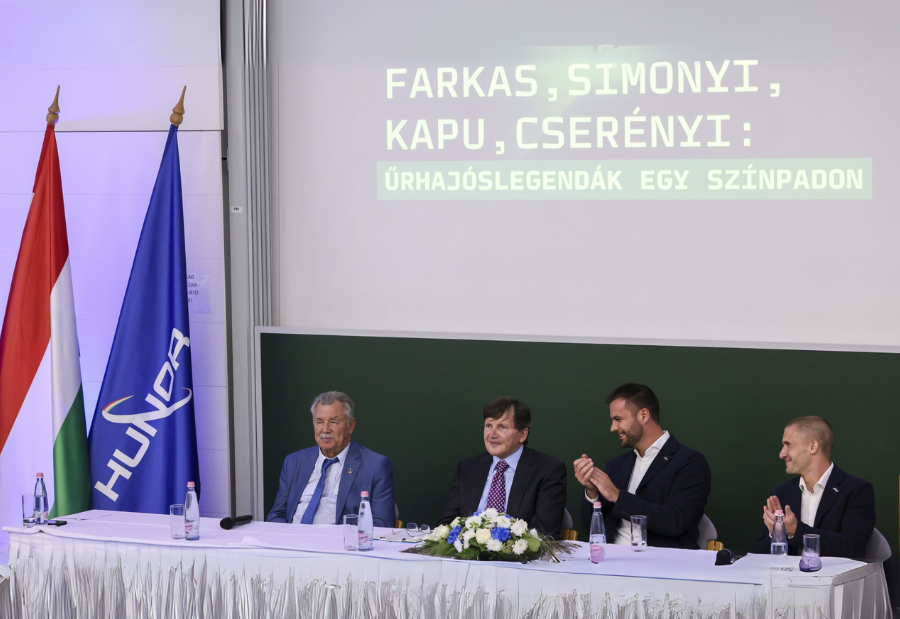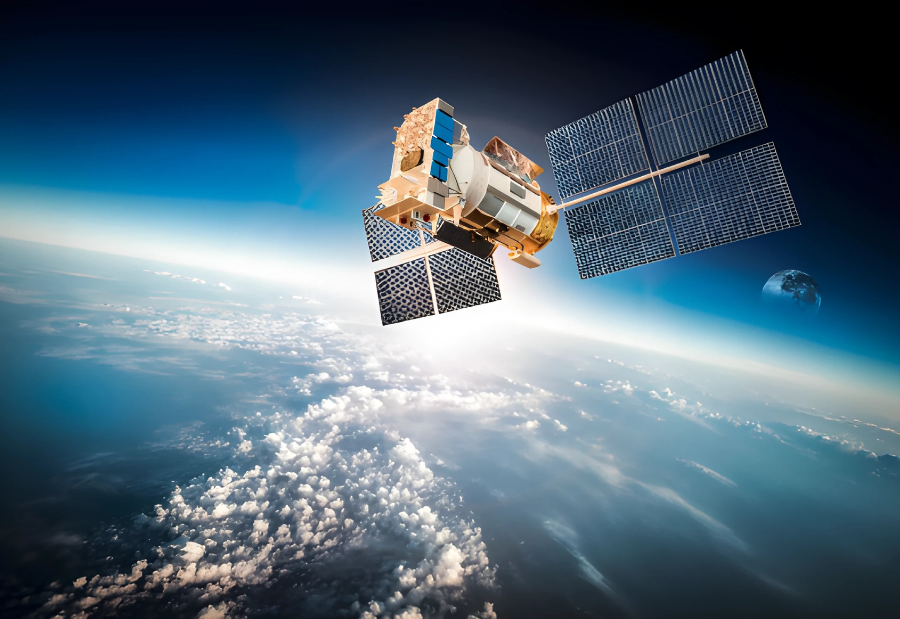Budapest recently hosted a panel that brought together Hungary’s past, present, and future in space. The discussion was organised by the Hungarian Astronaut Programme and the Budapest University of Technology and Economics, featuring Hungarian born space traveller Charles Simonyi, veteran astronaut Bertalan Farkas, and researchers Tibor Kapu and Gyula Cserényi. The speakers shared their experiences, highlighting the evolution of human spaceflight, its challenges, and the opportunities that lie ahead.
Bertalan Farkas, Hungary’s first astronaut who flew aboard Soyuz 36 in 1980, recalled how he joined the Soviet space programme as a fighter pilot. Out of 240 applicants, 95 volunteered and only four advanced to train at Star City. His mission focused on physics, manufacturing technologies, and remote sensing experiments, including Hungary’s Pille dosimeter, which measured radiation in space and has since been developed into more compact and advanced devices.
Charles Simonyi, a software developer and businessman who visited the International Space Station in 2007 and 2009 as a space tourist, spoke about his journeys. He explained that tourists undergo the same training as astronauts and shared how his second mission was more rewarding as he was better prepared. During that trip, he also joined biological experiments, including studies on how his heart condition reacted in microgravity. He described weightlessness as both relaxing and physically demanding, noting that back pain is a near universal issue for astronauts.
Tibor Kapu, who travelled on the Axiom Space Ax 4 mission earlier this year, compared today’s spaceflights with those of the past. While spacecraft were once guided manually, modern systems launch and land autonomously, though manual control is still possible. He stressed that astronauts today train for long term stays in orbit and conduct a wide range of scientific experiments. During his mission, he carried out 25 experiments in fields such as biology, fundamental physics, and materials science.
Gyula Cserényi, Kapu’s backup in the Hungarian programme, explained how astronaut selection has changed. Earlier, fighter pilots were chosen for their ability to control spacecraft, but today astronauts are valued for their multidisciplinary research skills. Supporting Kapu from Earth, he worked with mission control in Houston to help coordinate experiments.
The discussion underlined Hungary’s lasting role in international space research. Simonyi expressed confidence that as technology progresses, more astronauts worldwide will take flight, broadening humanity’s presence beyond Earth.
Also read: Viksit Workforce for a Viksit Bharat
Do Follow: The Mainstream formerly known as CIO News LinkedIn Account | The Mainstream formerly known as CIO News Facebook | The Mainstream formerly known as CIO News Youtube | The Mainstream formerly known as CIO News Twitter |The Mainstream formerly known as CIO News Whatsapp Channel | The Mainstream formerly known as CIO News Instagram
About us:
The Mainstream formerly known as CIO News is a premier platform dedicated to delivering latest news, updates, and insights from the tech industry. With its strong foundation of intellectual property and thought leadership, the platform is well-positioned to stay ahead of the curve and lead conversations about how technology shapes our world. From its early days as CIO News to its rebranding as The Mainstream on November 28, 2024, it has been expanding its global reach, targeting key markets in the Middle East & Africa, ASEAN, the USA, and the UK. The Mainstream is a vision to put technology at the center of every conversation, inspiring professionals and organizations to embrace the future of tech.




